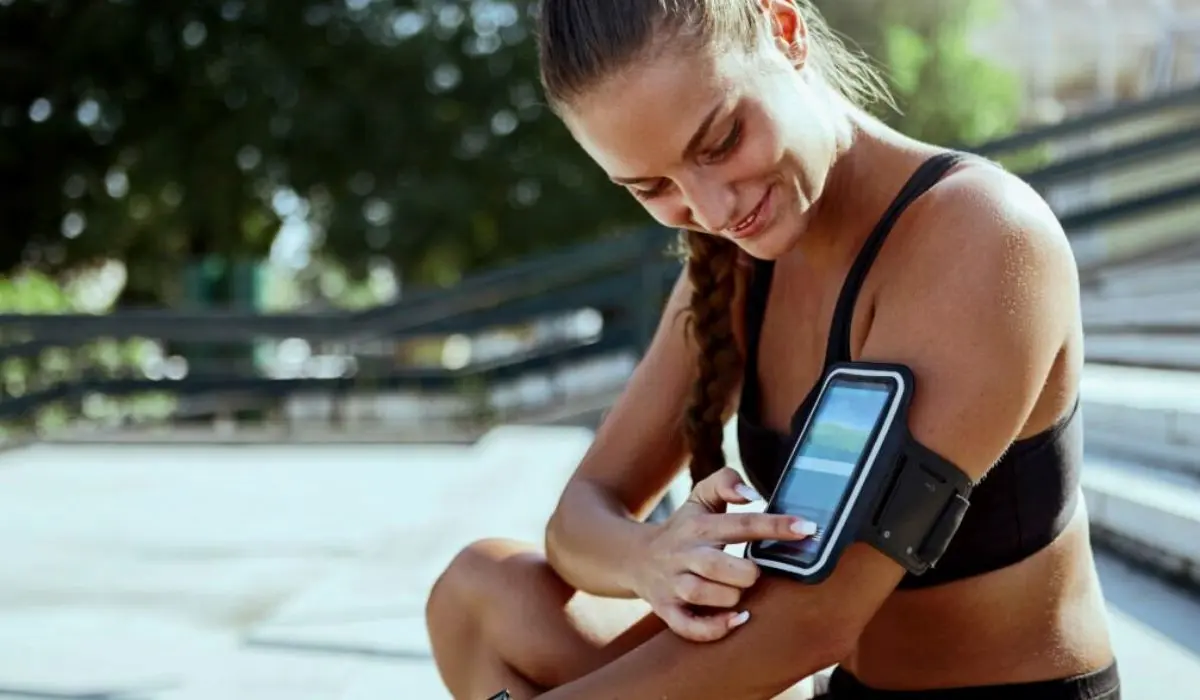The accessibility of mobile devices has increased significantly over the past ten years. A branch of the larger area of digital health called “mHealth,” or mobile health, has evolved. With wearable sensors, social media, text messaging, smartphone apps, and algorithms that exploit the data these devices provide, mHealth uses these nearly universal gadgets to support all facets of personal and public health.
Healthcare and public health systems may be able to deploy resources more effectively while preserving the standard of care by complementing or substituting resource-intensive, face-to-face examinations or interventions using mHealth. Accessibility hurdles, including stigma, practical difficulties, and expense, may be lowered via mHealth.
How Can We Track Sports Injuries With Mobile Apps?
It is believed that there is untapped potential in the design and application of mHealth for public health, such as injury prevention. The roles of mHealth in injury prevention could range from data collection (e.g., improving the accuracy of measuring injury or near-injury; improving the collection of data on risk and promotes factors) to primary prevention (e.g., delivering education to parents or healthcare providers to reduce or eliminate risk), to secondary prevention (e.g., encouraging strategies to reduce the risk of recurrence or worsening of injury after a near-injury or initial injury), and beyond.

mHealth technologies are now being evaluated for their potential to lessen the acute effects of sports-related injuries and concussions, collect data on injuries at the population level, and provide secondary preventative measures.
For instance, a high-quality, randomized experiment investigated an app that encourages unsupervised workouts to prevent tennis injuries, but no difference in the risk of injuries was discovered. This is consistent with earlier research that found limited proof of the benefits of unsupervised exercise for reducing sports injuries in most situations.
There has been increasing interest in leveraging mHealth to collect real-time data on sports and leisure injuries, causative exposures, and the frequent ecological momentary assessment of symptoms once they occur. This includes the construction of population-based cohorts that can be used for understanding injury patterns, conducting interventions at scale, and tracking daily symptoms to measure concussion recovery.
Given the need for frequent symptom assessments, there are also ongoing efforts to test various engagement strategies that encourage more thorough assessments. Finally, emerging evidence exists on the benefits of mHealth-facilitated interventions for mitigating post-concussive symptoms.
A randomized trial using an app shown to alleviate post-concussion symptoms and psychological distress among combat veterans is one example of how this might be done. Another is the addition of app-based virtual reality training to in-person care to strengthen sensorimotor control.
There are numerous chances for mHealth to be expanded further to use passive data collection to track symptoms and use the data along with patient-reported symptoms to provide automated recommendations on returning to baseline activities.
Read More:- Wearable Fitness Technology in Sports Rehabilitation – Explored!
Ethics And Privacy Concerns
mHealth tools provide private and real-time access to screening and support. It is crucial that mHealth interventions be discreet and private to reduce the risk that using the digital tool will put a person at further risk.
The need for the field to more thoroughly consider and address the ethical obligations of mHealth developers to the end-user, whether in the midst of a crisis (such as during a mental health crisis), in terms of potential legal repercussions of disclosures of injury-related circumstances, is a persistent concern.
Future Directions
Overall, mHealth is only just beginning to be utilized to monitor, predict, and prevent damage. The pilot and feasibility studies mentioned above make the benefits of mHealth for this subject evident, although more research is required.
Future research on mobile health for injury prevention and control should consider behavioral engagement tactics from the beginning to encourage behavior change, sustain use, and improve uptake in populations with the highest risk and lowest motivation.
Finally, using mHealth for frequently delicate or stigmatized areas like injury requires the field of injury prevention and control to engage in serious ethical, privacy, and equity discussions.
The biggest digital divide affects rural and historically marginalized people, so it is crucial that mHealth development takes these inequities into account immediately. This is in accordance with the principles of the science of harm prevention and control.